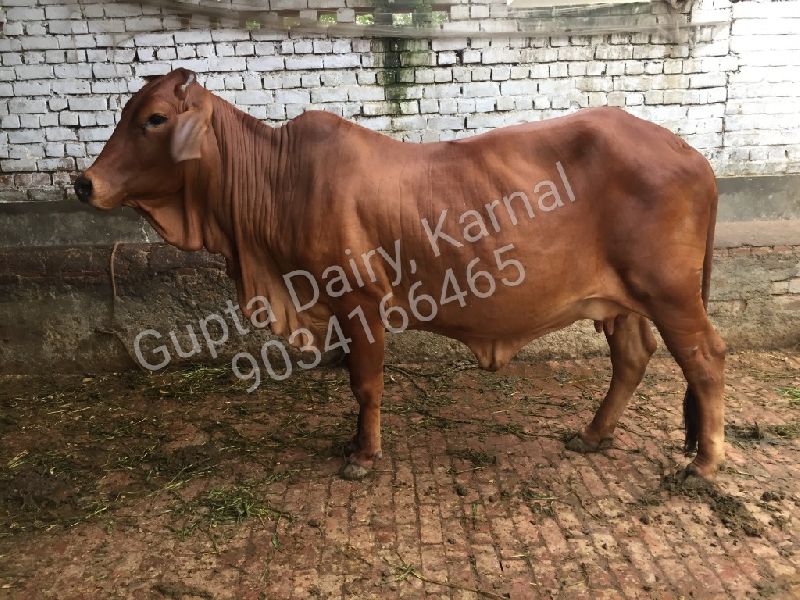Dairy Guide For The Sahiwal Breed Of Cows
Posted by Admin on October, 12, 2020

The Sahiwal emerged on the Indian-Pakistani border from the Punjab district. Professional herdsmen once held them in large groups, known as "jungles." Following the implementation of irrigation schemes in the region, farmers began retaining them in smaller numbers as waste and dairy cattle.
These days, Sahiwal is one of the outstanding dairy breeds in India and Pakistan. In Haryana, India, there are multiple vendors of Sahiwal and the mentionable among them would be Sahiwal Supplier In Haryana. Their high-temperature tolerance and increased milk production are traded internationally in Asia and also in Africa and the Caribbean.
The Sahiwal was transported via New Guinea to Australia in the 1950s. First, in Australia, the Sahiwal was selected as a double race. A significant part in the establishment of the Australian dairy species was the Australian Milking Zebu and Australian Friesian Sahiwal.
Physical Characteristics:
The colour of the Sahiwal stretches from the Brownish Red to Greyish Round, and the underline is different quantities of white on the collar. In males, the colour of the head, body, legs, and tail becomes black. The queue ends with a black switch. The breed is known for dropping ears as well. The hump is big, but nominal in the woman. Sahiwal cows 'average weight of the Sahiwal is 425 kg, while Bulls' weight is 500 kg.
The Sahiwal is a very good milk producer compared with other local breeds. You can produce 8-10 kilogrammes of milk per day on average, with a fat content of approximately 4.5%, within 10 months. The Sahiwal cattle have bigger teat than other Zebu races too, which facilitates milking.
Distribution:
The Sahiwal exports in many other countries, owing to its special characteristics. At the beginning of the 1950s, they arrived in Australia via New Guinea. Originally selected in Australia as a dual-use breed, however, they are now mainly used in beef production as a carcass with lean quality, attractive fat cover, has been made for the crossing of high-quality Sahiwal sire with European breeds.
In countries like Kenya, Jamaica, Nigeria, and many ecological zones of Africa where Sahiwal was crossed with exotic Bos taurus races, which have high responsiveness to the development of milk and beef without adaptability to local conditions, Sahiwal has played an important role in adaptability. Today in Kenya there are about 60 bulls and twelve cows importing Sahiwal cattle between 1939 and 1963. The Sahiwal race is also remarkable in the field of transmission of milk for Bos indicus races.
Health Management:
In grazing areas, ticks pose a major threat to the Sahiwals. It is advised to dip or spray the cows once a week with acaricide to avoid tick-borne infections. In the case of internal parasites, deworms usually occur around once every 3 months or when appropriate depending on the fecal helminth of the egg count.
Final Words:
Sahiwal is considered to be one of the most common dairy livestock in India. In Haryana, there is a large number of Sahiwal cows in the Karnal national dairy research institute. Several gaushalas help Sahiwal cows in Punjab and Rajasthan.
Leave a Comment